The Living Disappeared
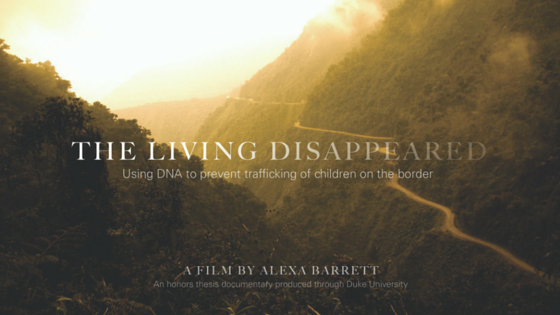
Submitted by: Alexa Barrett Last summer, an unprecedented number of unaccompanied children were crossing the U.S./Mexican border. The number of children crossing had grown to 54,000 in 2014, a drastic jump from the 25,000 that had crossed the year before. As detention centers overflowed, researchers, politicians, and humanitarians, began searching for ways […]
Identifying 140 Year-Old Remains Using Massively Parallel DNA Sequencing
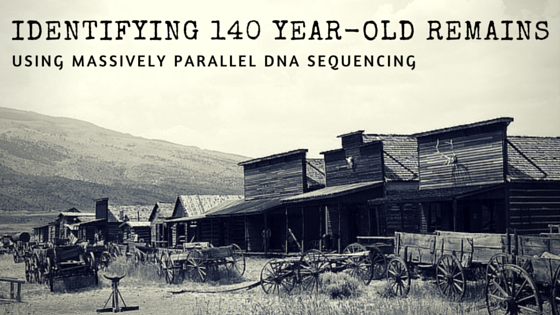
The goal of forensic DNA testing of human skeletal remains is identification of the unknown individual. A variety of genetic markers can be used to achieve identification, including highly polymorphic autosomal short tandem repeat (STR) loci and lineage markers (Y-STRs and mtDNA). However, reference samples must be available for comparison for these markers to be […]
Autosomal and Y-STR Analysis of Degraded DNA from the 120-Year-Old Skeletal Remains of Ezekiel Harper
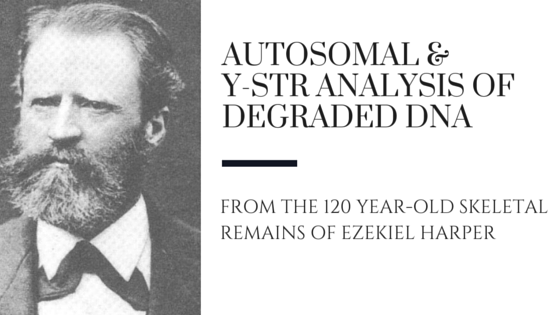
I have been involved in skeletal remains work for many years. I am fascinated with bones and their ability to survive for such long periods of time in harsh conditions, and I have long been a history buff (so I eagerly accept the challenge of the “few-and-far-between” historical cases when they come along). There is […]
Staging a Canine Crime Scene to Teach Forensics Concepts
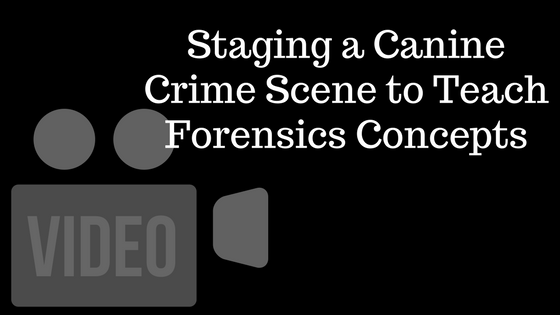
Sara Katsanis explains how she and her colleagues developed a mock wrongful convictions canine crime scene to teach forensics concepts to a middle school student. TRANSCRIPT: I’m Sara Katsanis. I’m in the faculty at Duke University at the Initiative for Science in Society and I research the applications of DNA and genetic […]
From Death Row to Exoneration Thanks to DNA

Kirk Bloodsworth, the first person in the United States to be freed by post-conviction DNA testing, recounts his story of how he was convicted of a brutal murder, and subsequently freed by DNA evidence. TRANSCRIPT: My name is Kirk Noble Bloodsworth, honorably discharged Marine from Cambridge, Maryland. I’m also the first person […]
Catching a Serial Killer

“Is your life just like CSI?” That is the prevailing question I get asked when someone learns of my occupation as Deputy Sheriff Criminalist for the Contra Costa County (CA) Office of the Sheriff. Alas, my life is not quite so glamorous. It actually often entails entering formulas into an excel spreadsheet while being placed […]
Autosomal and Y-STR Analysis of Degraded DNA from 120-Year-Old Skeletal Remains
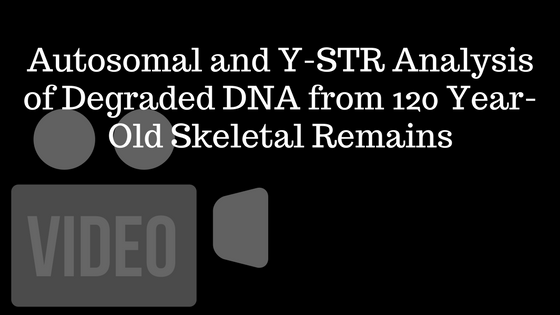
Angie Ambers of the Institute of Applied Genetics (UNTHSC) describes how she processes skeletal remains to determine an individual’s identity, and how she identified a Confederate guerilla scout from the American Civil War using this technology. TRANSCRIPT: My name is Doctor Angie Ambers, and I work for the Institute of Applied Genetics, […]
Returning the Stolen
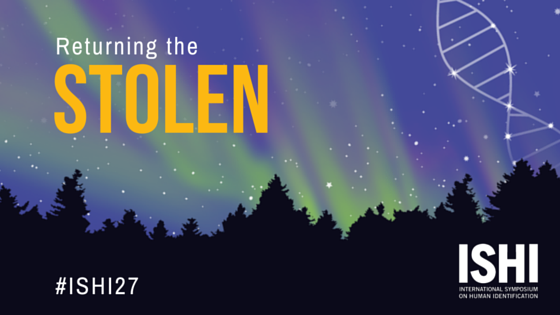
Argentina is probably not the first place that comes to mind when you think of dictatorships, yet the “Dirty War” of the late 1970s killed 10,000–30,000 citizens in an act of political repression by the Argentine Anticommunist Alliance. Among this figure includes some 13,000 people who disappeared overnight, sent to a network of hundreds of […]
Identifying the Disappeared of Guatemala
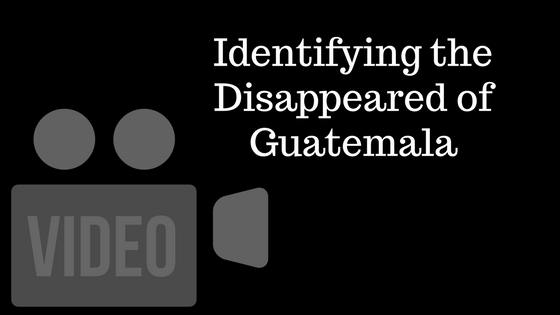
Fredy Peccerelli of the Forensic Anthropology Foundation shares how he became involved with identifying the Disappeared of Guatemala and the process of using DNA to empower the victims’ families. TRANSCRIPT: My name is Fredy Peccerelli. I’m the Executive Director of the Guatemala Forensic Anthropology Foundation. We’re an organization that focuses on […]

